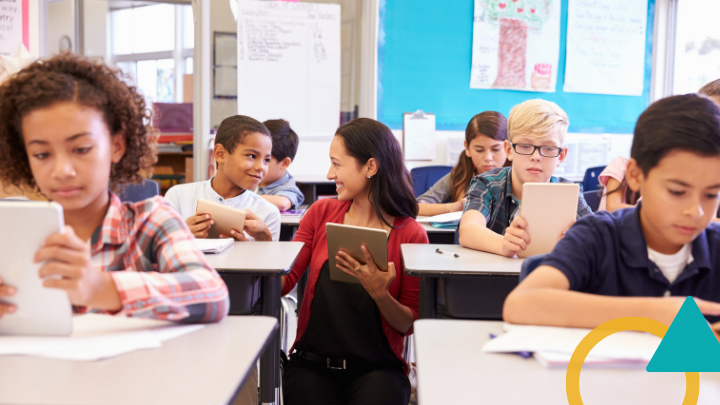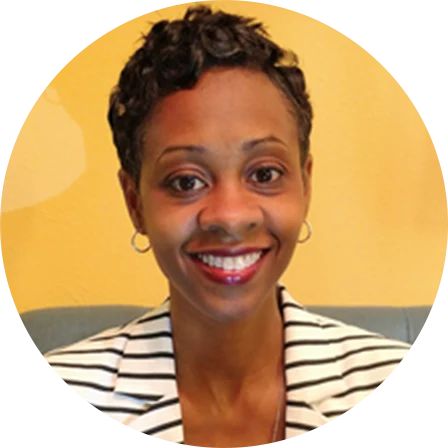Learning is social, so it’s no surprise that a common thread that runs through conversations with leaders is the idea that students are struggling to feel excited about learning. There have been frequent disruptions to the classroom community, and students need connections to peers and adults in order to feel safe, supported, and successful in their learning.
Therefore, building and sustaining class community is just as important as creating engaging lessons. Time often feels like the one resource that is lacking for teachers, so as they are planning lessons, adding three types of spaces to their lessons is a great way to ensure that there are community building aspects woven into the school day.
Space to Celebrate
During a time that feels stressful for students both inside and outside of school, celebrations are more important than ever. Our physical classrooms often have celebration boards for students to showcase their accomplishments both in academics and extracurricular activities. These serve two purposes: Students can see themselves as successful participants in the class community, and they can learn about the things that are important to their classmates. When students learn remotely, it is still important to pause and make space to celebrate accomplishments that are organized on a platform that is accessible to all students—class webpages, class newsletters and announcements, or on a celebration page that can live on digital tool like Padlet.
Space to Collaborate
As teachers are inundated with pressure to close learning gaps caused by the pandemic, it might be tempting to use as much time as possible for direct instruction. However, making space for students to collaborate in learning new content and to grapple together can be extremely impactful on students’ retention of new material. Having students check in with a discussion partner helps create a support system for learning. Collaborative conversations teach students to listen to peers and learn to express their own ideas. These conversations can occur as a whole group, small group, or peer-to-peer, and teachers can use that time to have students reflect with each other on topics related to their learning. Having protocols for discussion for both in class and remote learning conversations help to make that space one in which learning is enhanced through community-building.
Space to Connect
When there are authentic ways for students to connect and share with their peers and teachers, the classroom community is strengthened. Students not only need to see themselves reflected in the learning space, they need to also see their peers’ unique personalities and interests reflected. These connections have to take place in both remote and brick-and-mortar spaces for students to maintain the desire to be a part of the classroom community. Teachers can give students the time and space to create content that highlights their identity. This might be something like an identity patch that can be done with either concrete or digital materials. In addition, teachers can connect with students by using students’ unique traits and assets as a way to center the conversation on positive behavior. Students could also connect through sharing their ideas during a whole class open mic experience. Teachers can allow space for students to share their outside of school interests by incorporating a little time for pop culture dialogue. This also helps teachers get insight into the types of material they can bring into their lessons to make lessons more engaging and culturally relevant.
There is so much pressure to catch students up on academic content that it might feel counterproductive to spend time planning activities that improve class community. However, if these activities are embedded in our daily lessons, we are only increasing the likelihood that students will be more engaged in lessons. When we weave in opportunities for students to celebrate their learning and accomplishments, collaborate with peers, and connect with each other in fun ways, we are not only improving classroom community. What we are doing is creating an environment that motivates students to learn together and to do so in ways that are social and fun.
If you’re ready to learn more about building classroom community, watch our webinar as Monica Washington and Romain Bertrand, Solution Designers at BetterLesson, unpack ways to foster students’ well-being by cultivating classroom community. Watch the webinar here.





